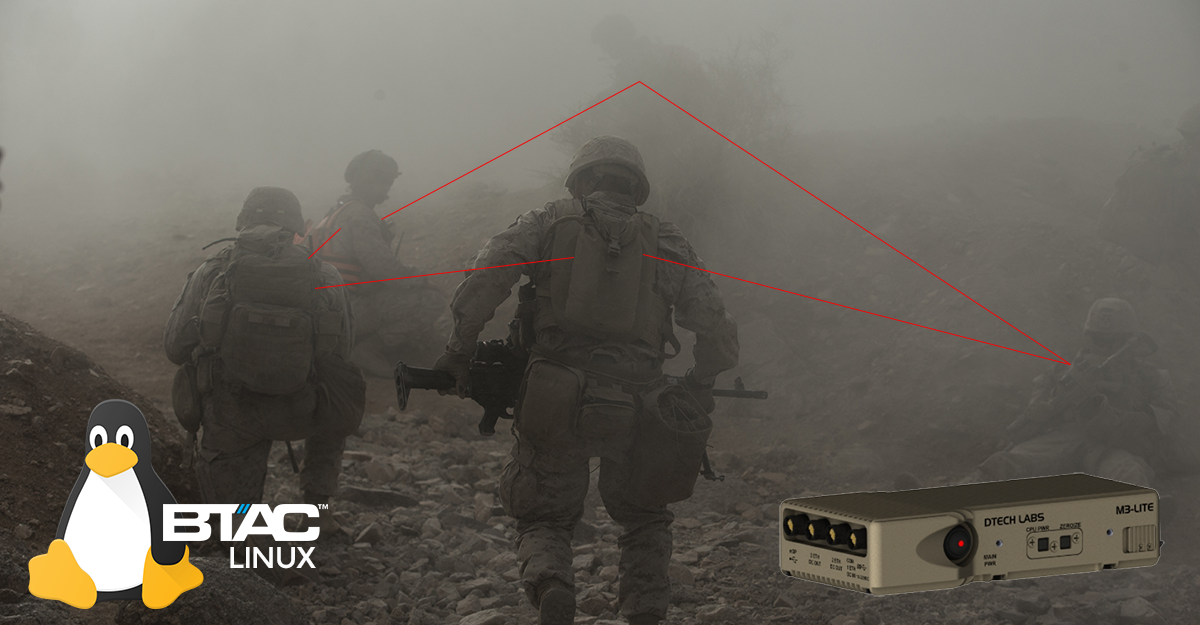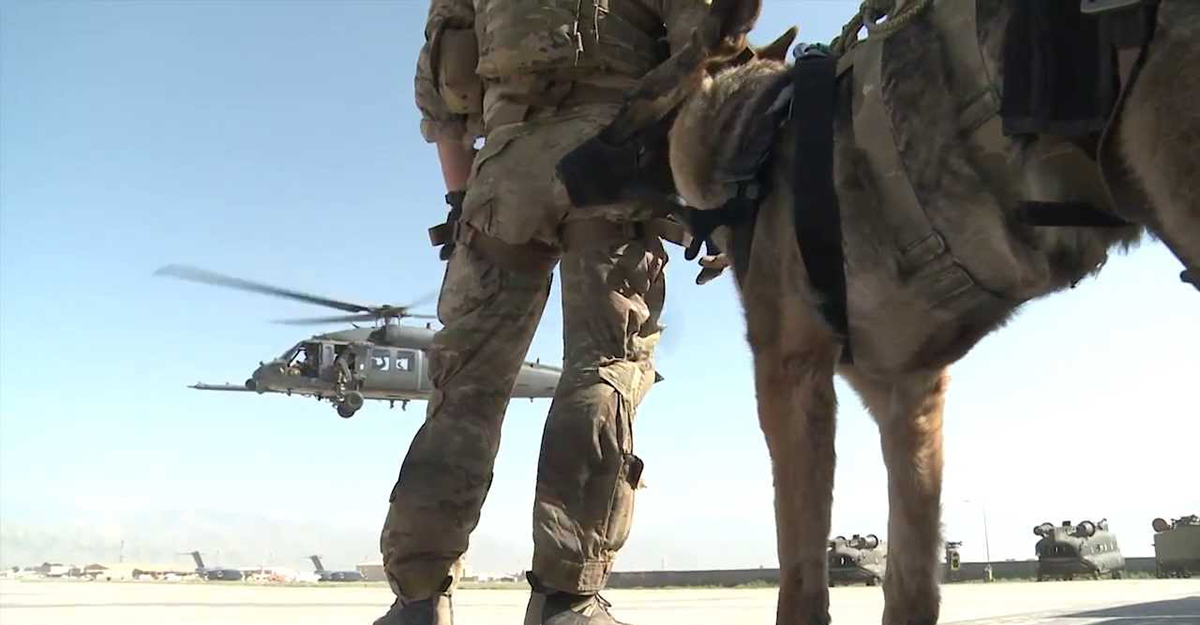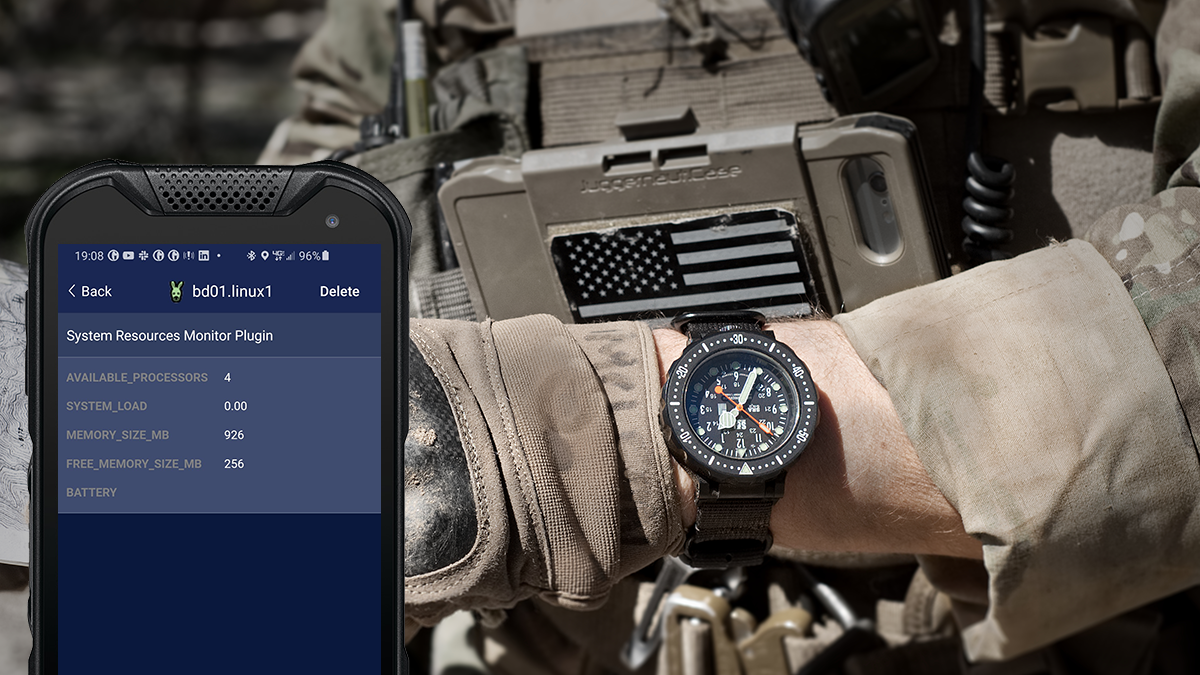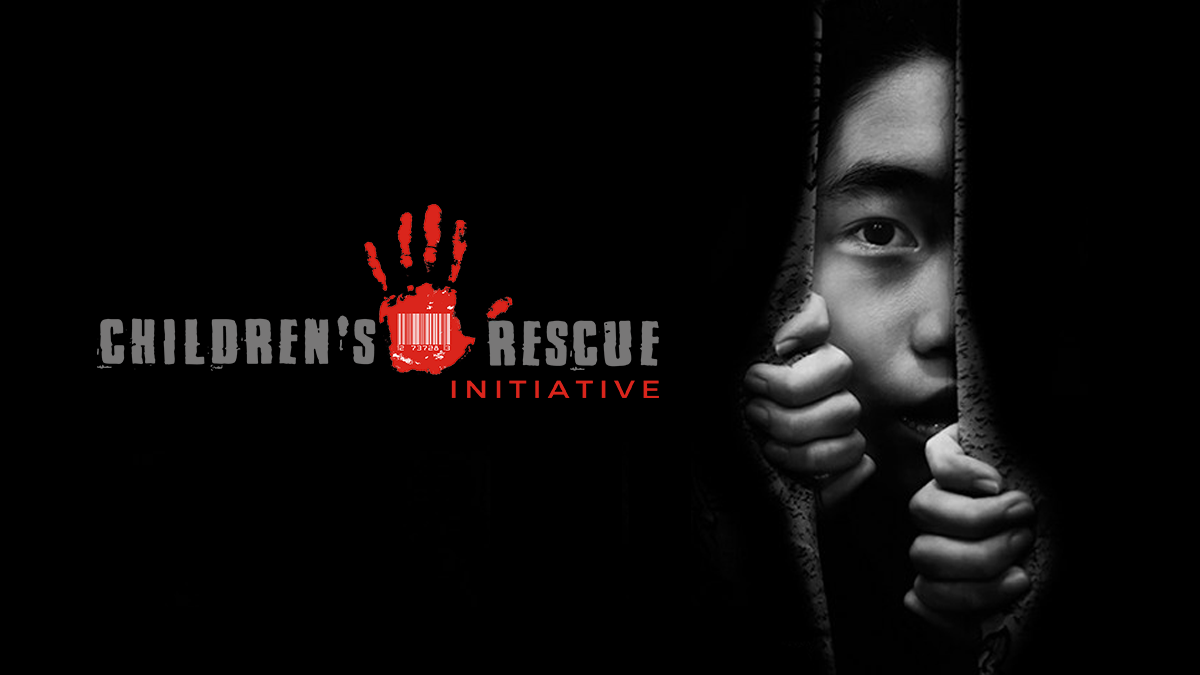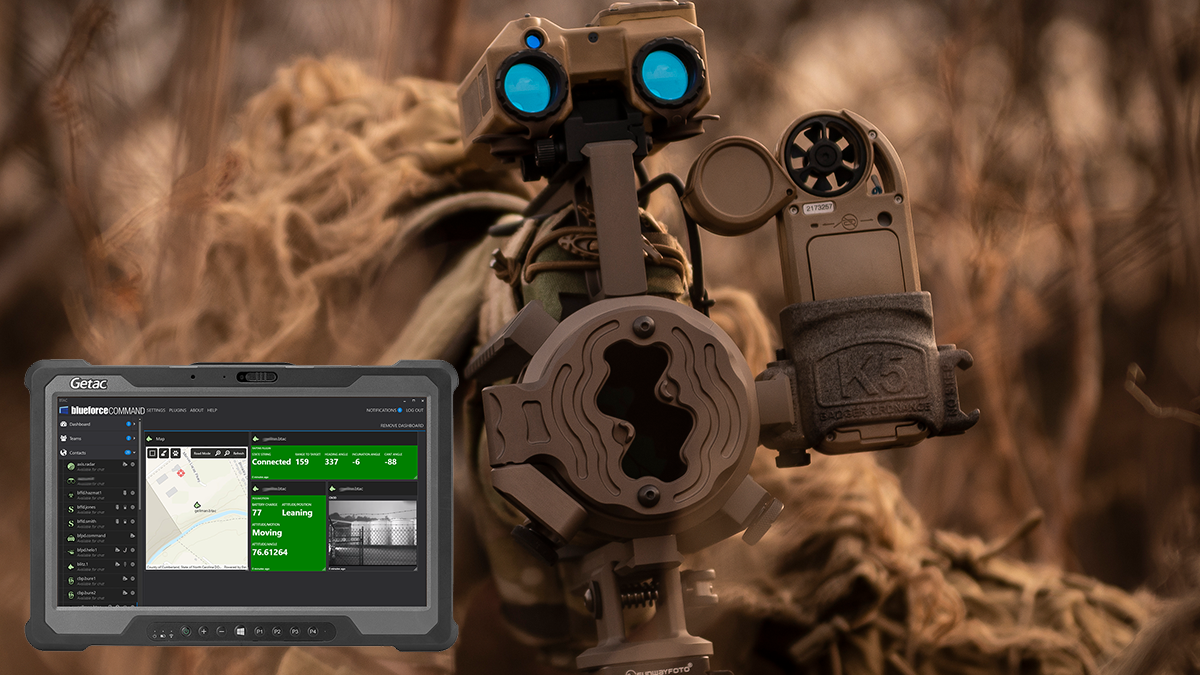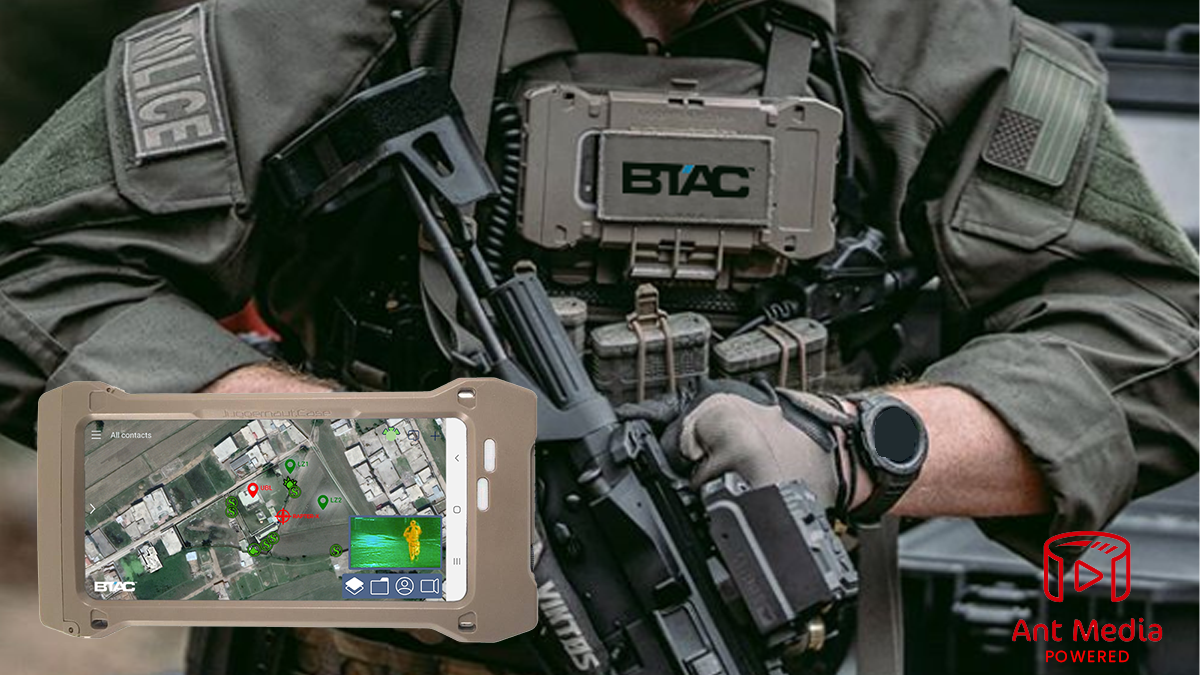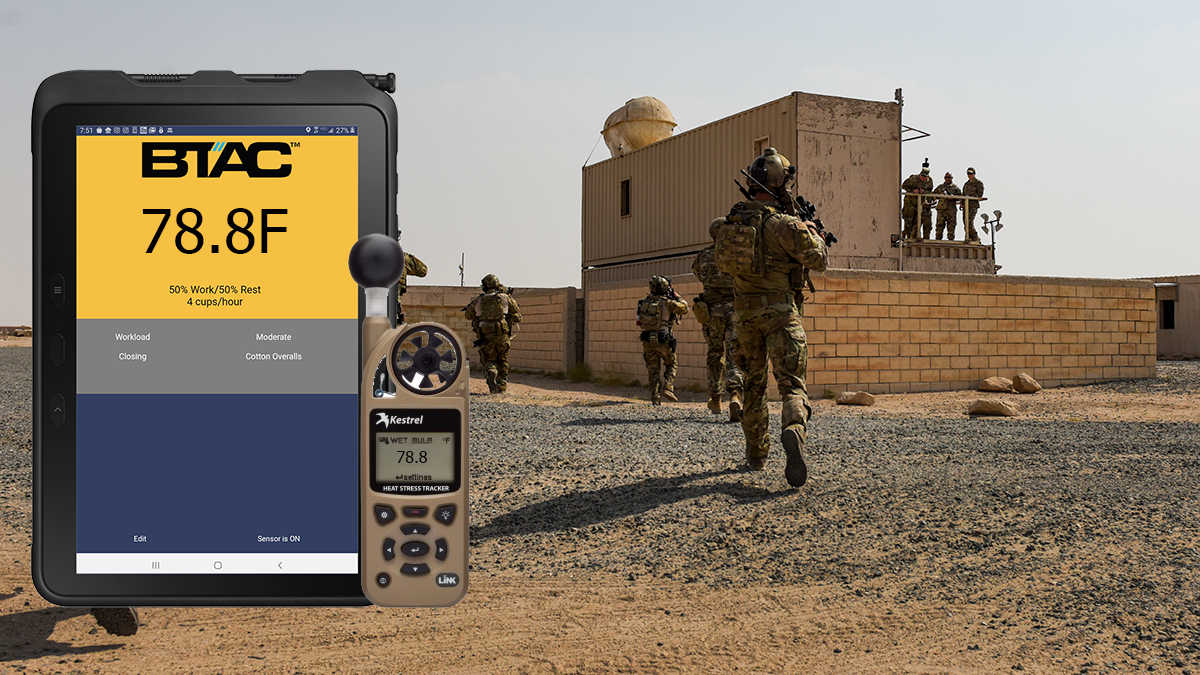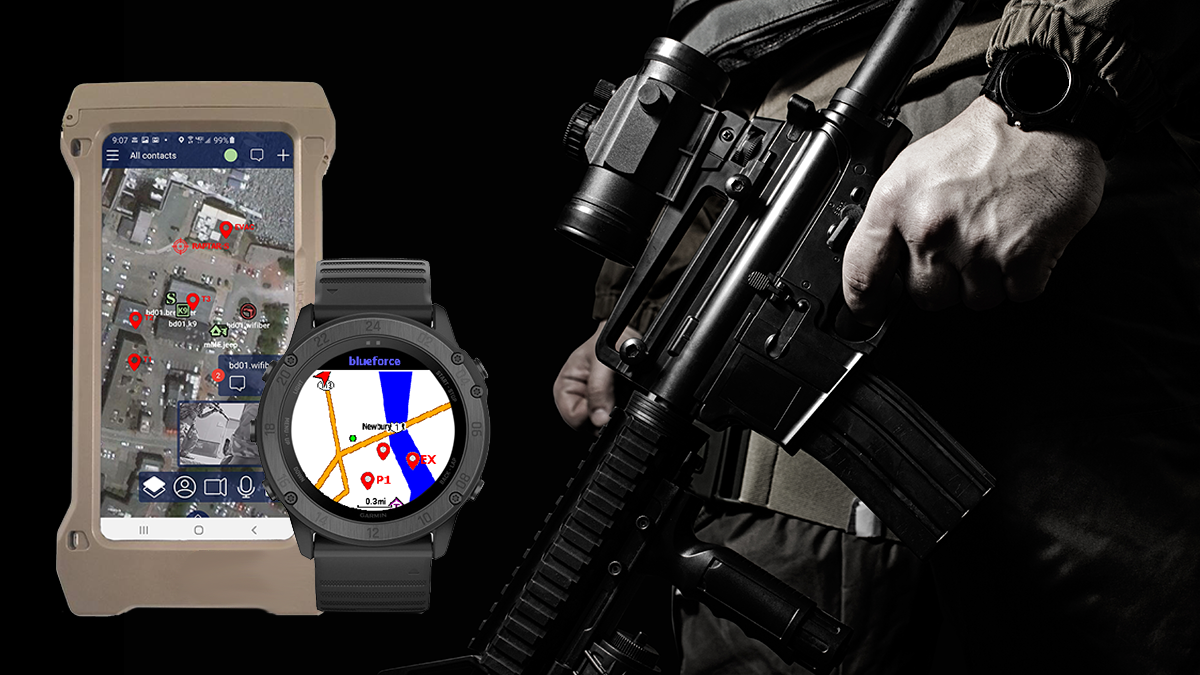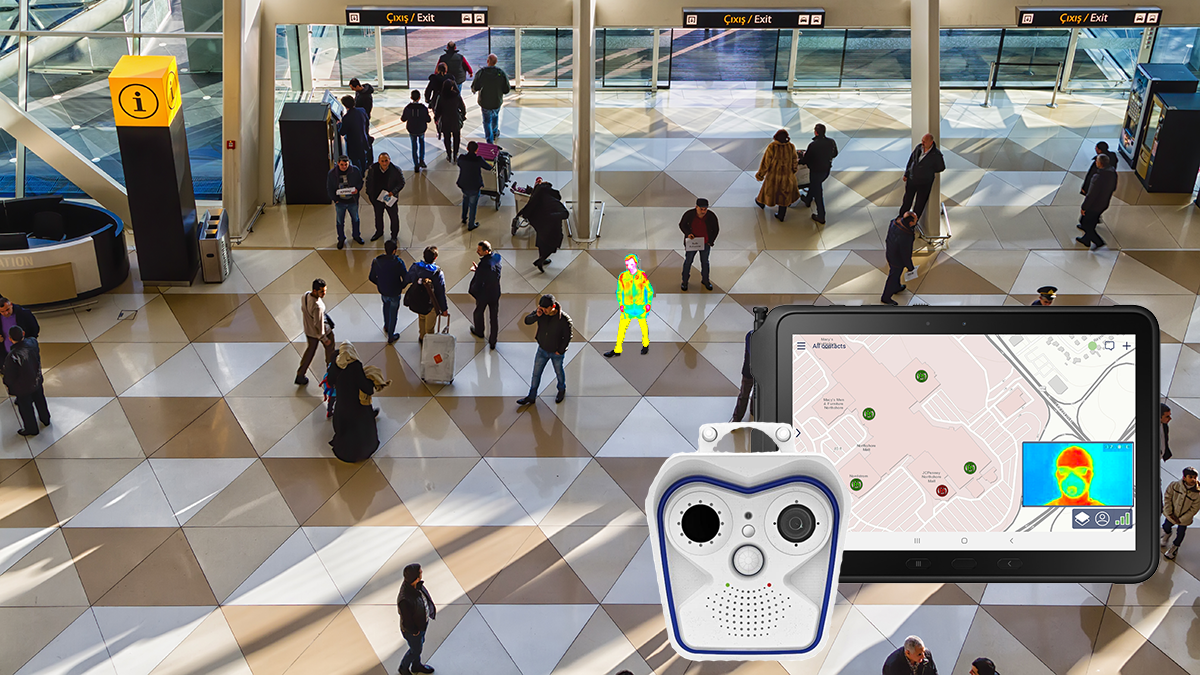Blueforce helps cut through the onslaught of perishable edge IoT data by enabling collections of human, silicon, and AI endpoints that interact with the physical world with sense-making across the collective. Our new BlueforceLINUX IoT fusion platform was built to enable swarm intelligence in a soldier worn form factor and is optimized for CUBIC/DTECH's full line of tactical edge compute form factors, and screams on...
Read MoreThe 2022 Blueforce Texas Road Show
The 2022 Blueforce Texas Road Show gives you hands-on access to the latest in Public Safety, Safe Campus, and Autonomous Platform technologies. The Road Show kicks off Tuesday October 11, 2022 in Houston. For more information, click here…


